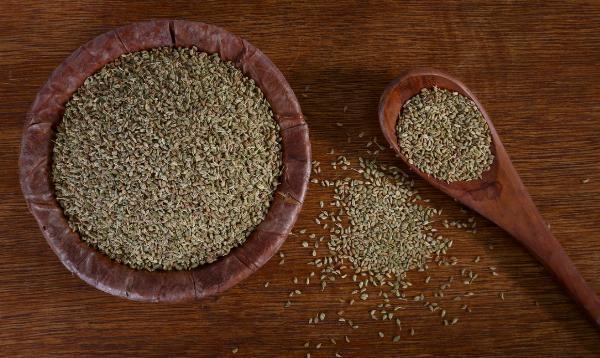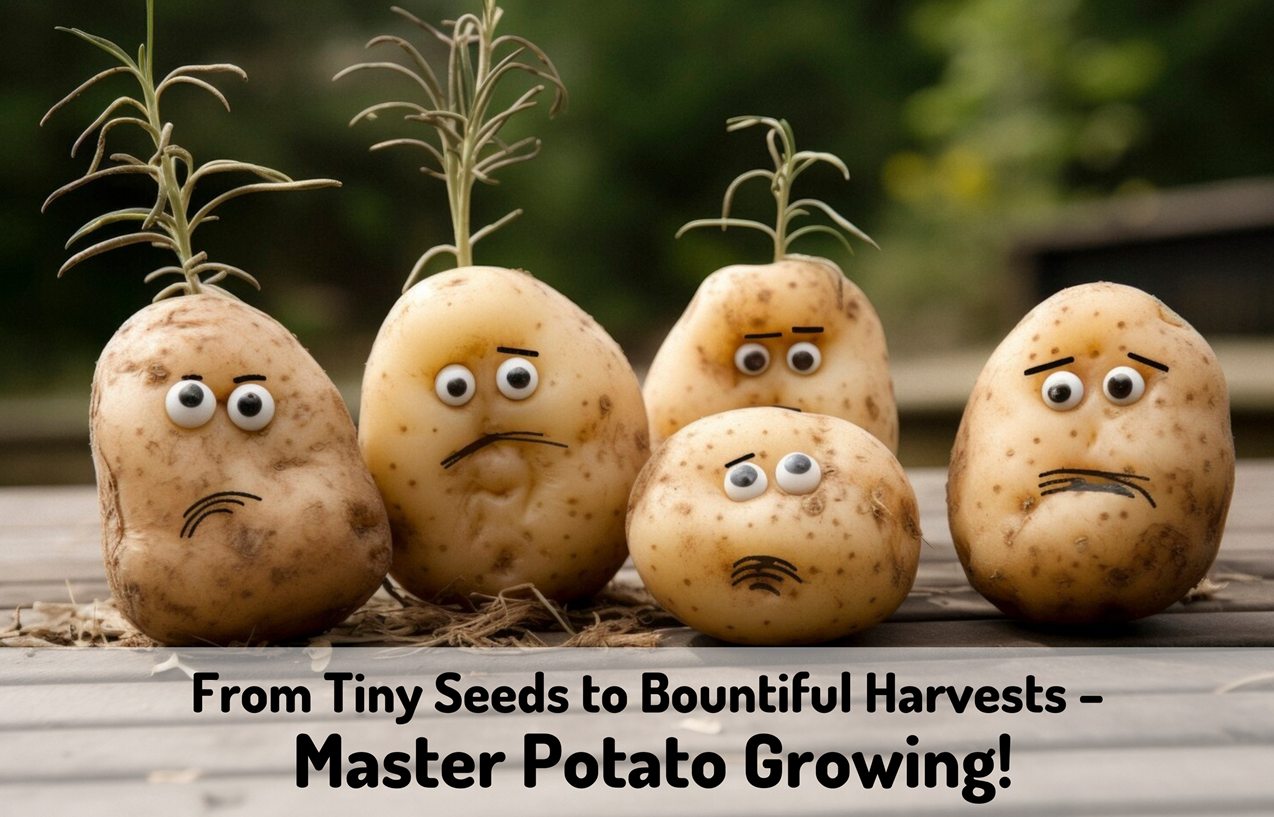Carom Seed Farming Process

Strong 8k brings an ultra-HD IPTV experience to your living room and your pocket.
A key ingredient in many traditional cuisines and medicines is carom seeds, sometimes referred to as ajwain. Cooks and herbalists have both been drawn to its unusual flavour and significant health advantages.
Knowing the right climate, kind of soil, and maintenance techniques is essential for growing carom seeds. The historical context, nutritional benefits, culinary applications, and entire production process are all thoroughly explored in this blog. Recognise the importance of carom seeds in food and health by learning about them.
Historical Background
Ajwain, another name for carom seeds, has an extensive and interesting past. They swiftly came from their Middle Eastern origins to India and other Asian countries. The ancient Egyptians employed them in traditional healing and cuisine. Due to their numerous health advantages, they gained popularity in Unani and Ayurvedic treatment throughout time.
Carom seeds became common in many civilisations due to the trade of these seeds between different places. Today, they are still recognised for their distinct flavour and medicinal benefits.
Culinary Uses
The distinctive and strong flavour of carom seeds makes them a popular ingredient in cuisine. Indian foods, including curries, parathas, and pakoras, frequently have them added. Legumes, breads, and savoury snacks all taste better with them. Many people use carom seeds to give their spice mixes a peppery twist. To add even more flavour, you may also sprinkle them with overcooked veggies. They also mix nicely into chutneys and pickles. All things considered, carom seeds improve food's flavour and nutritional value.
Cultivation Process
We know a lot about carom seeds, but now it's time to understand their cultivation process. We’ll discuss every step in detail below:
Climate Conditions
The ideal growing conditions for carom seeds are warm, dry, and sunlight. Between 15°C and 25°C is the appropriate temperature range. They do best in regions with somewhat higher soil drainage and less precipitation. However, plants may suffer from excessive dampness. For optimum development and harvests, carom seeds require an environment free from cold.
Soil Requirements
Loamy, well-drained soil that is high in organic matter, is ideal for growing carom seeds. If the soils drain effectively, sandy or clay soils can also function. The ideal pH range for the soil is 6.5 to 7.5. Good soil facilitates seed nutrient uptake, which encourages robust plant development and increased output.
Land Preparation
You need to carefully prepare the soil for optimum development before planting carom seeds. Firstly, to loosen the soil and get rid of weeds, plough it deeply. After that, level the field to guarantee even water distribution. For soil preparation, you can use Sonalika 750 because it has a 55 hp engine which efficiently chur the soil.
Adding organic manure or compost to the soil enhances its fertility. Make fine seedbeds prior to sowing to facilitate easy seed germination. Lastly, keep the right amount of moisture in the air without being too wet. Thorough land preparation optimises yield potential and provides a solid base for healthy carom plants.
Planting
When planting carom seeds, place them directly—1-2 cm deep—into seedbeds that have been prepared. For optimal development, space rows 30 cm apart. Water as soon as the seeds are sown, but don't use too much. In 10 to 15 days, seeds typically germinate. Keep an eye out for pests and weeds to guarantee that your plants are growing healthily and vigorously.
Irrigation
Carom seedlings require limited but frequent watering, particularly in dry times. As soon as the seeds are sown, water the plants. After that, water your plants every ten to twelve days while they're growing. To stop root rot, though, don't overwater. When the plants become older, stop irrigation to maintain the right amount of soil moisture without flooding the roots.
Pest Control
Regularly check plants for indications of pests to ensure appropriate pest control in the production of carom seeds. For control, organic insecticides such as neem oil should be applied. Encourage helpful insects to control destructive pests as well. Keeping the field clean also helps to control insect populations and promotes healthy plant development all season long.
Harvesting
Wait for the plants to dry up and become brown before harvesting the carom seeds. Cut the plants down to the ground level. The chopped plants should then be bundled and left to continue drying in the sun. To separate the seeds, thresh the dried bundles and store them in a cold, dry area.
To transport crops, you can use the New Holland 3630 tractor. It comes with a 1700 kg lifting capacity which can easily carry crops at one time.
Conclusion
To sum up, carom seeds are important in food and health. Their different taste complements a variety of foods, and their healthy properties promote general well-being. You can effectively cultivate your own carom seeds if you know their technique. You may enjoy using nutritious, fresh seeds for culinary and medicinal uses if you give them the right care and attention. Discover the world of carom seeds and recognise their benefits for your health and kitchen. Take the first step towards growing carom seeds right now!
Note: IndiBlogHub features both user-submitted and editorial content. We do not verify third-party contributions. Read our Disclaimer and Privacy Policyfor details.



